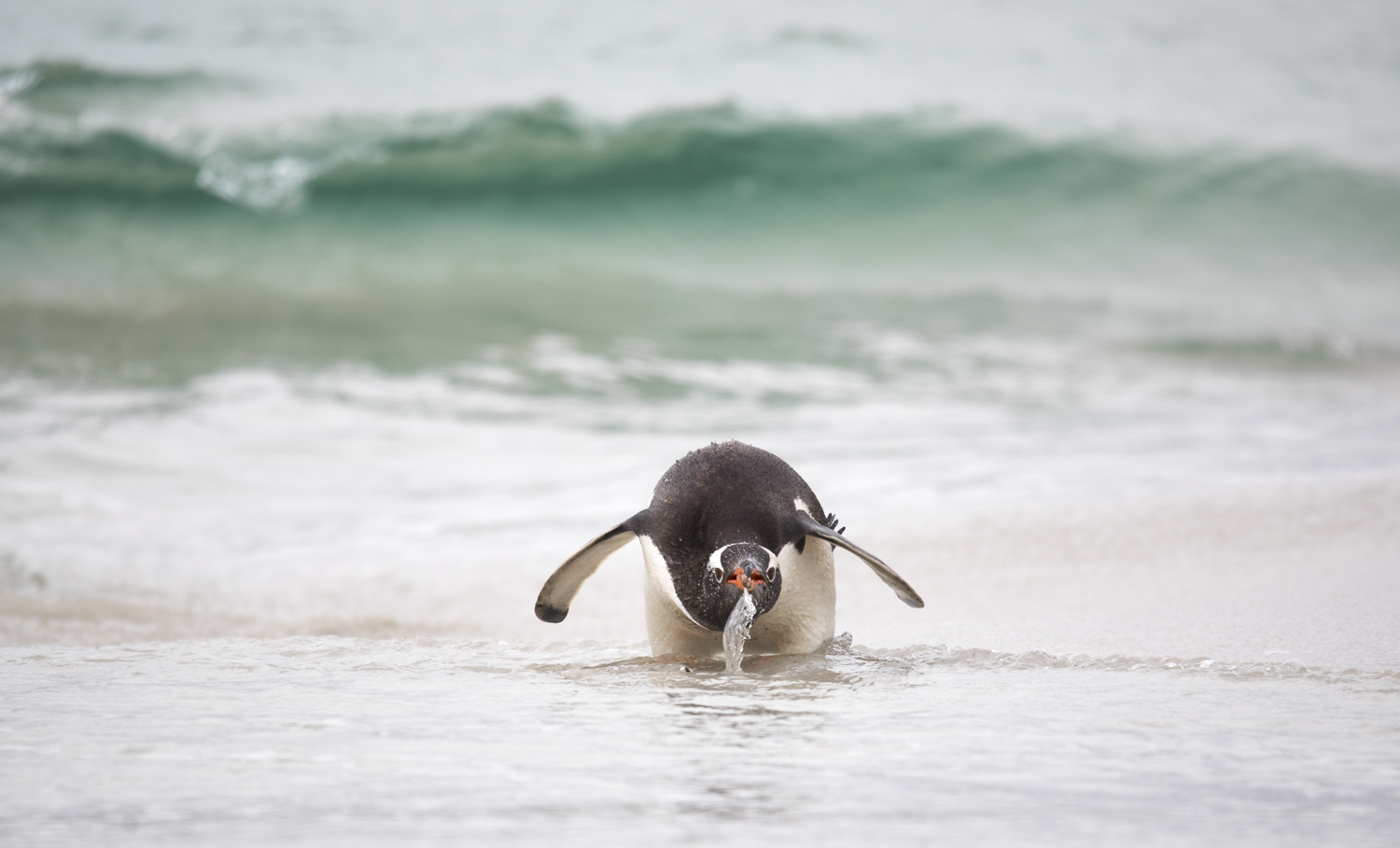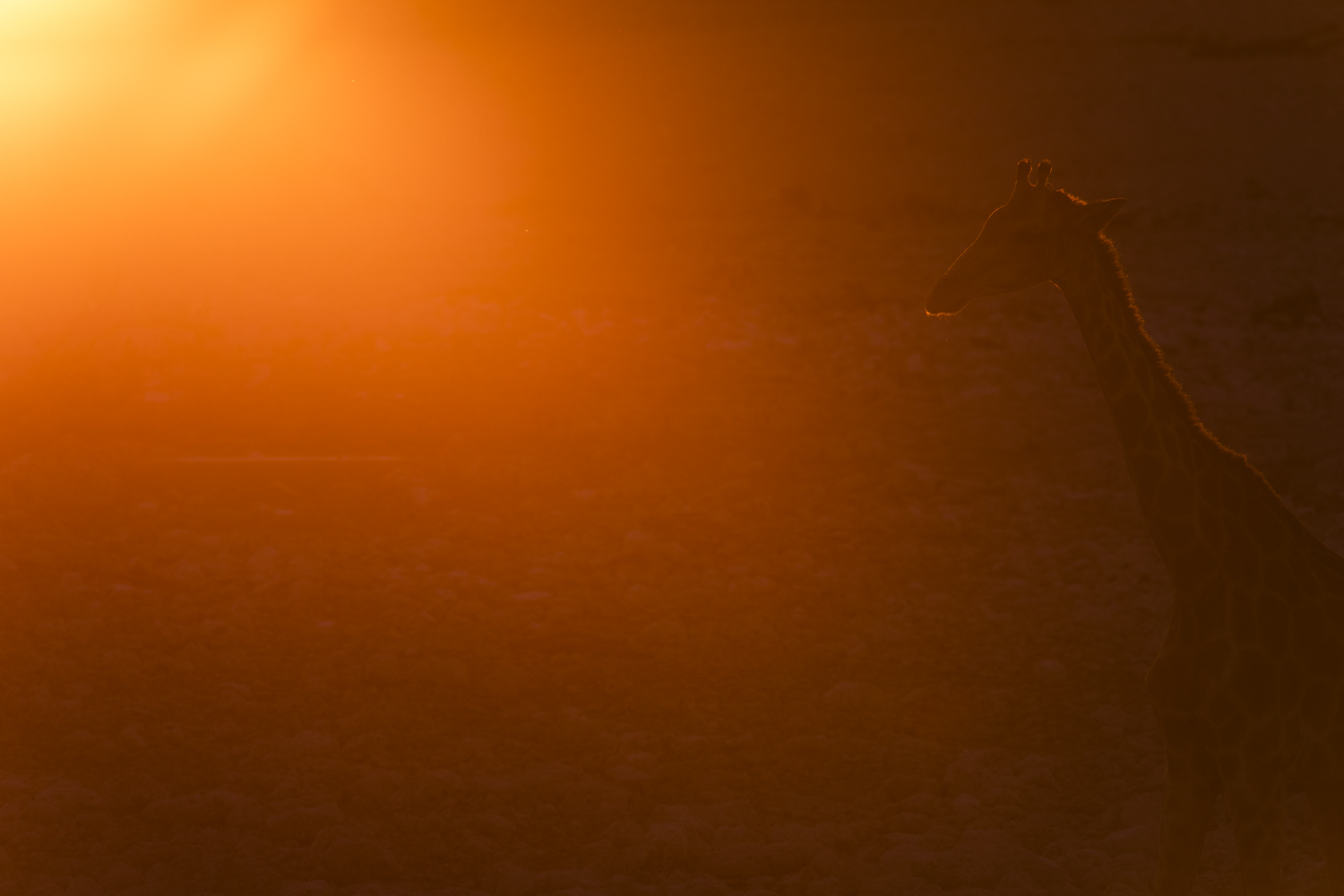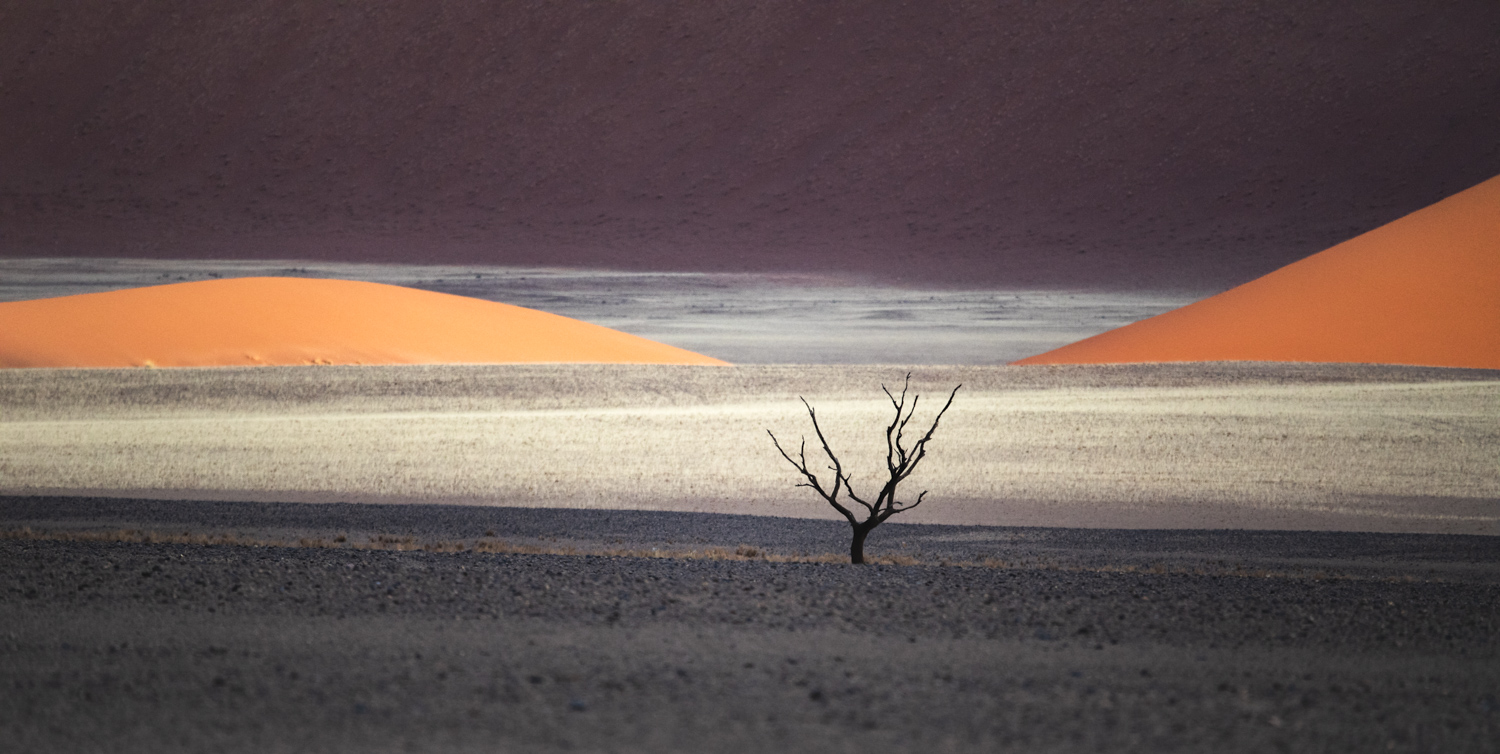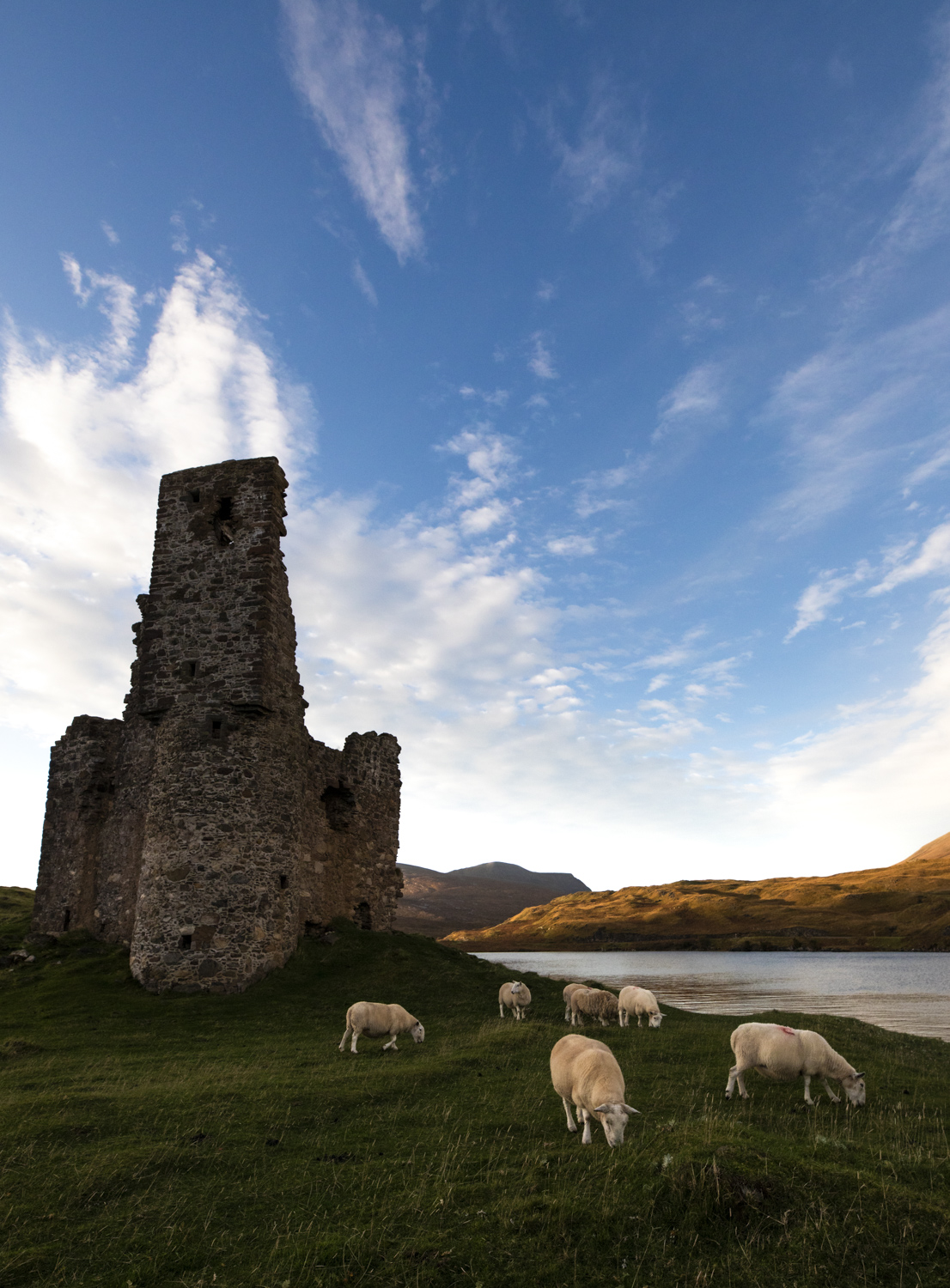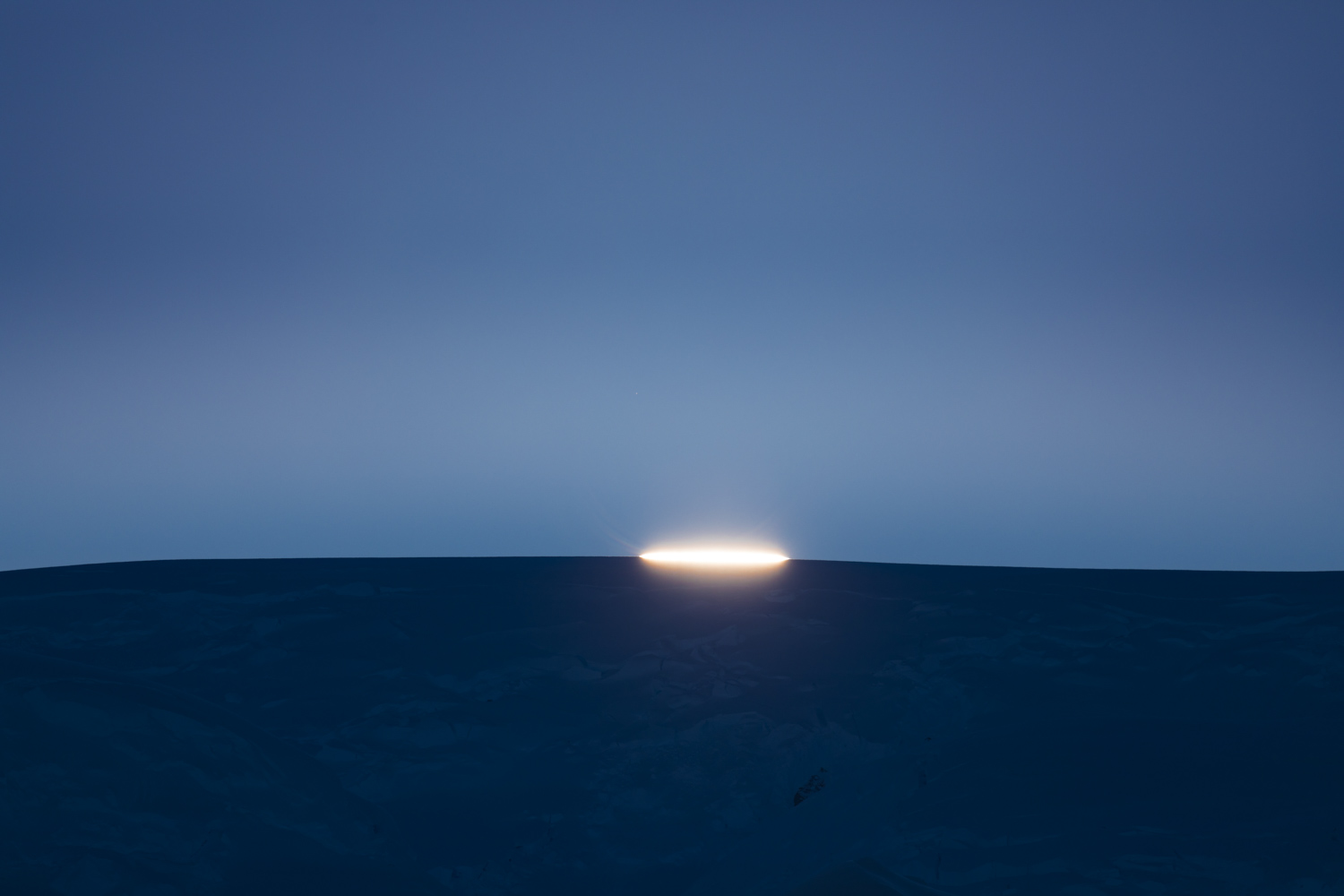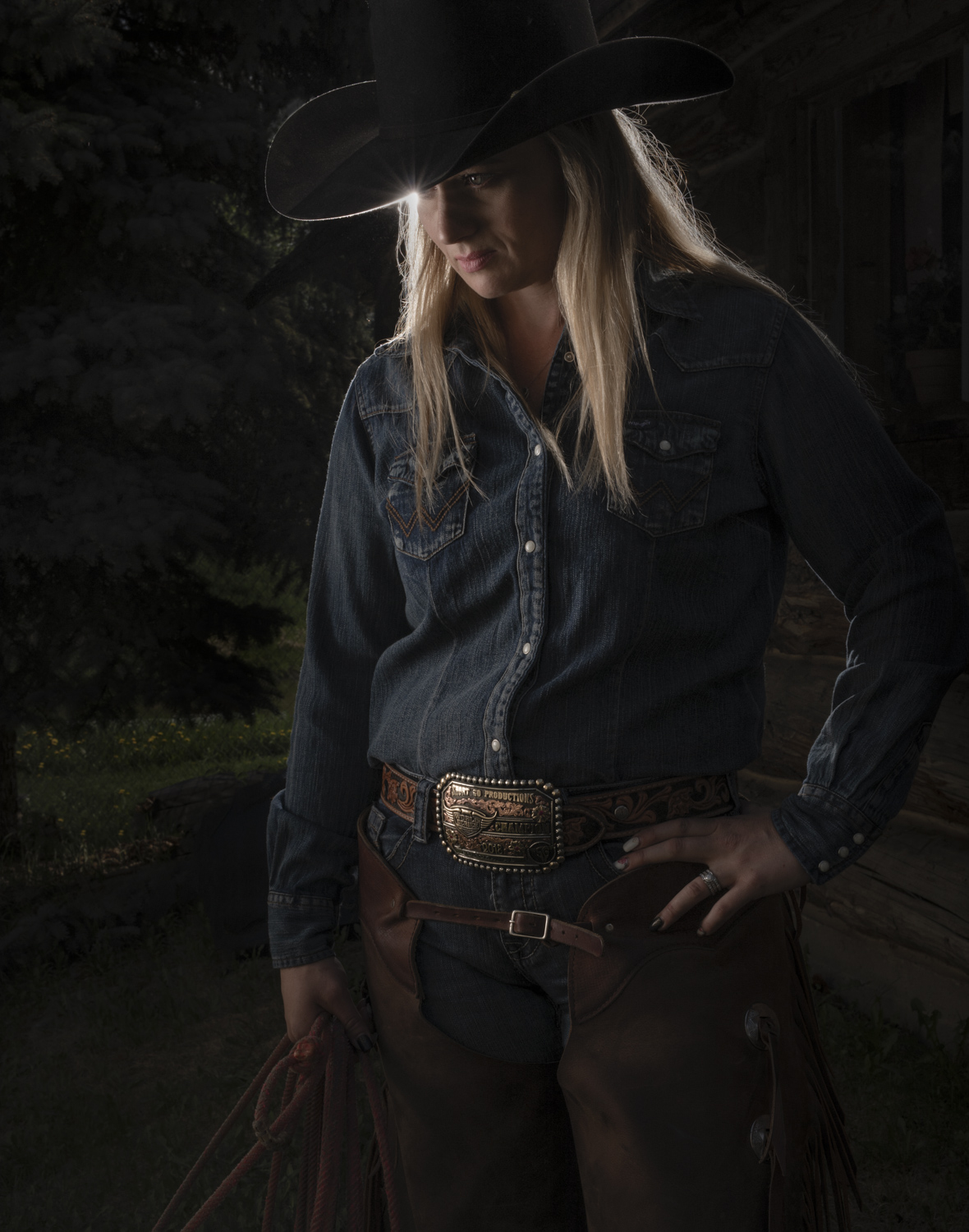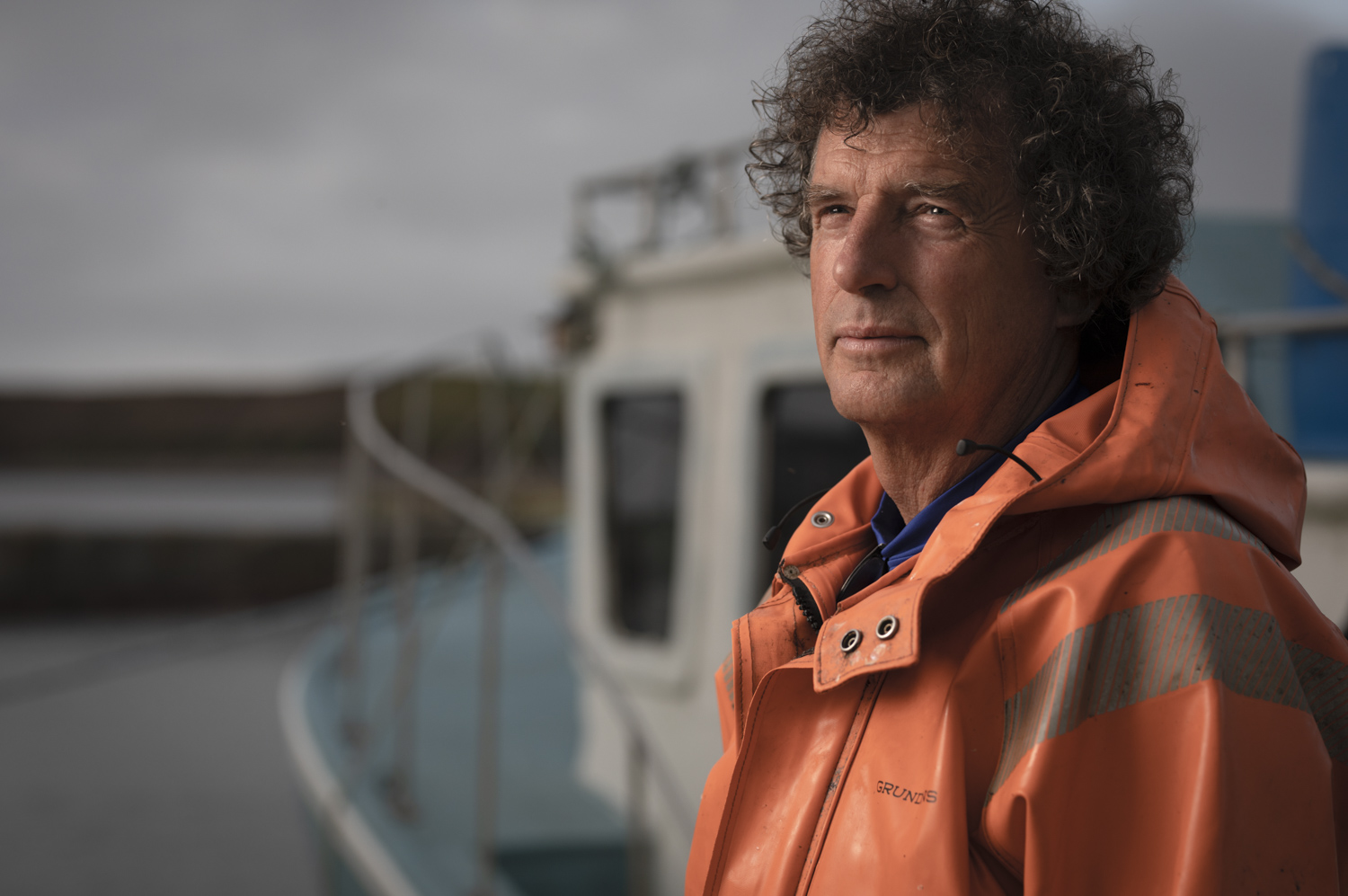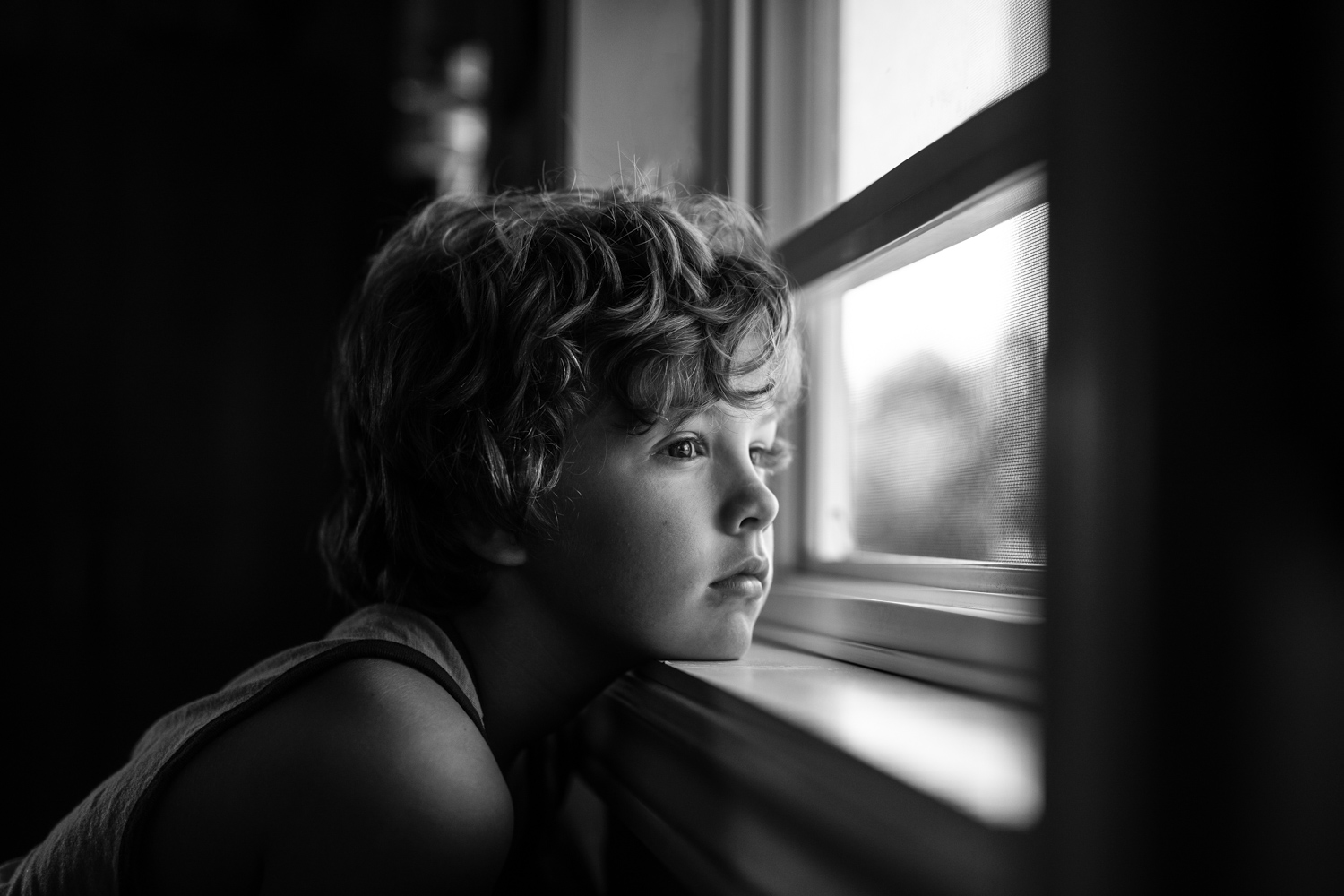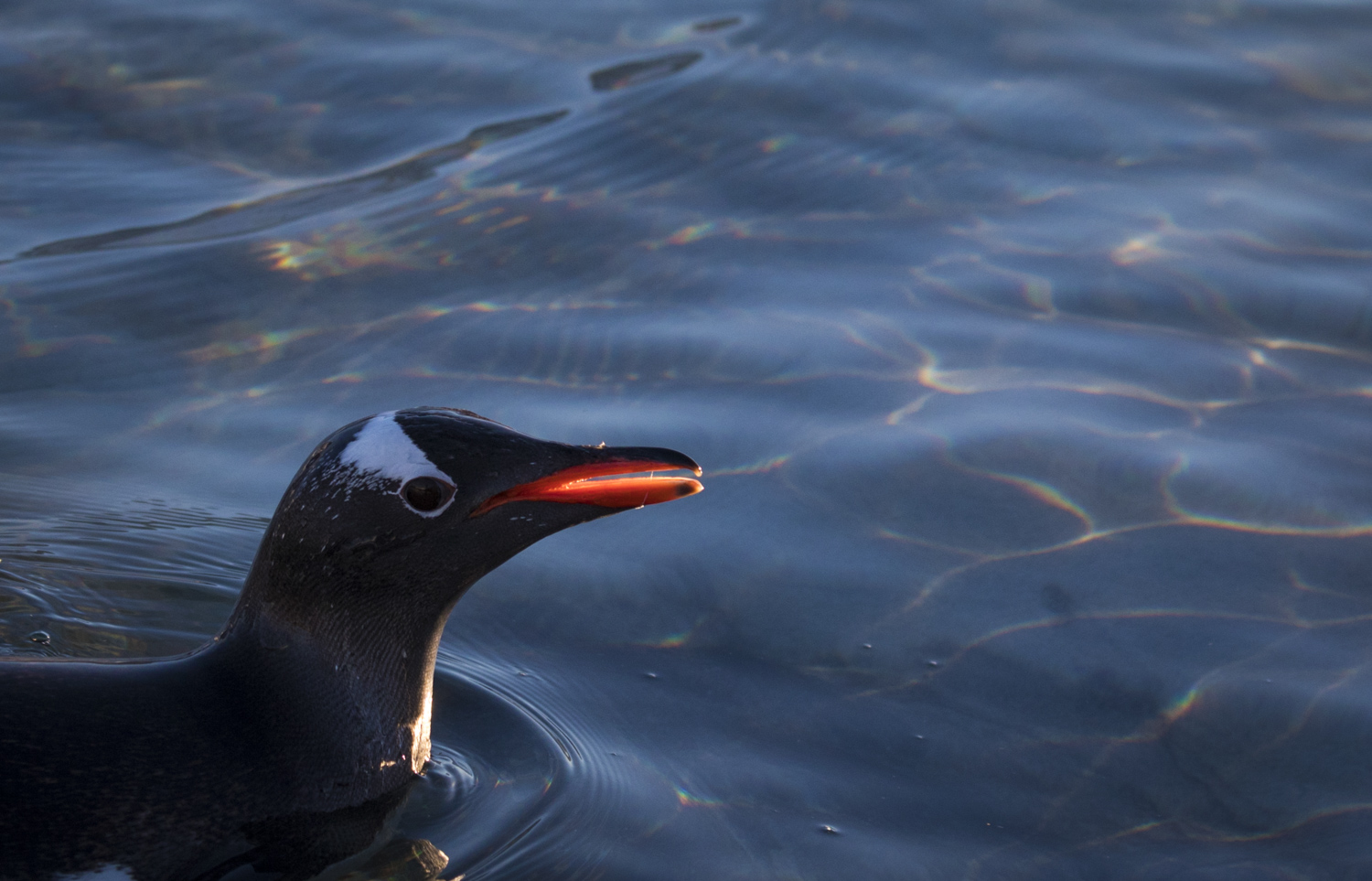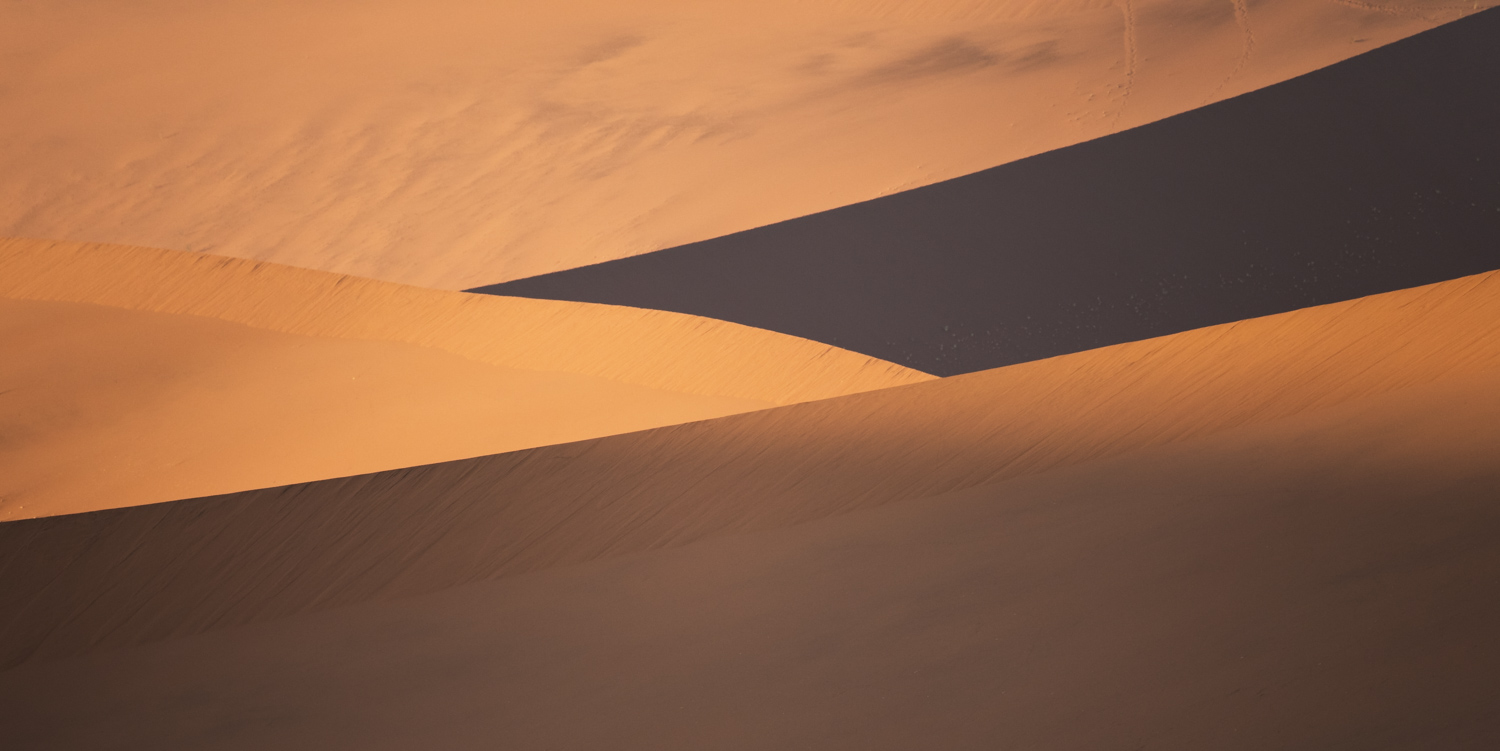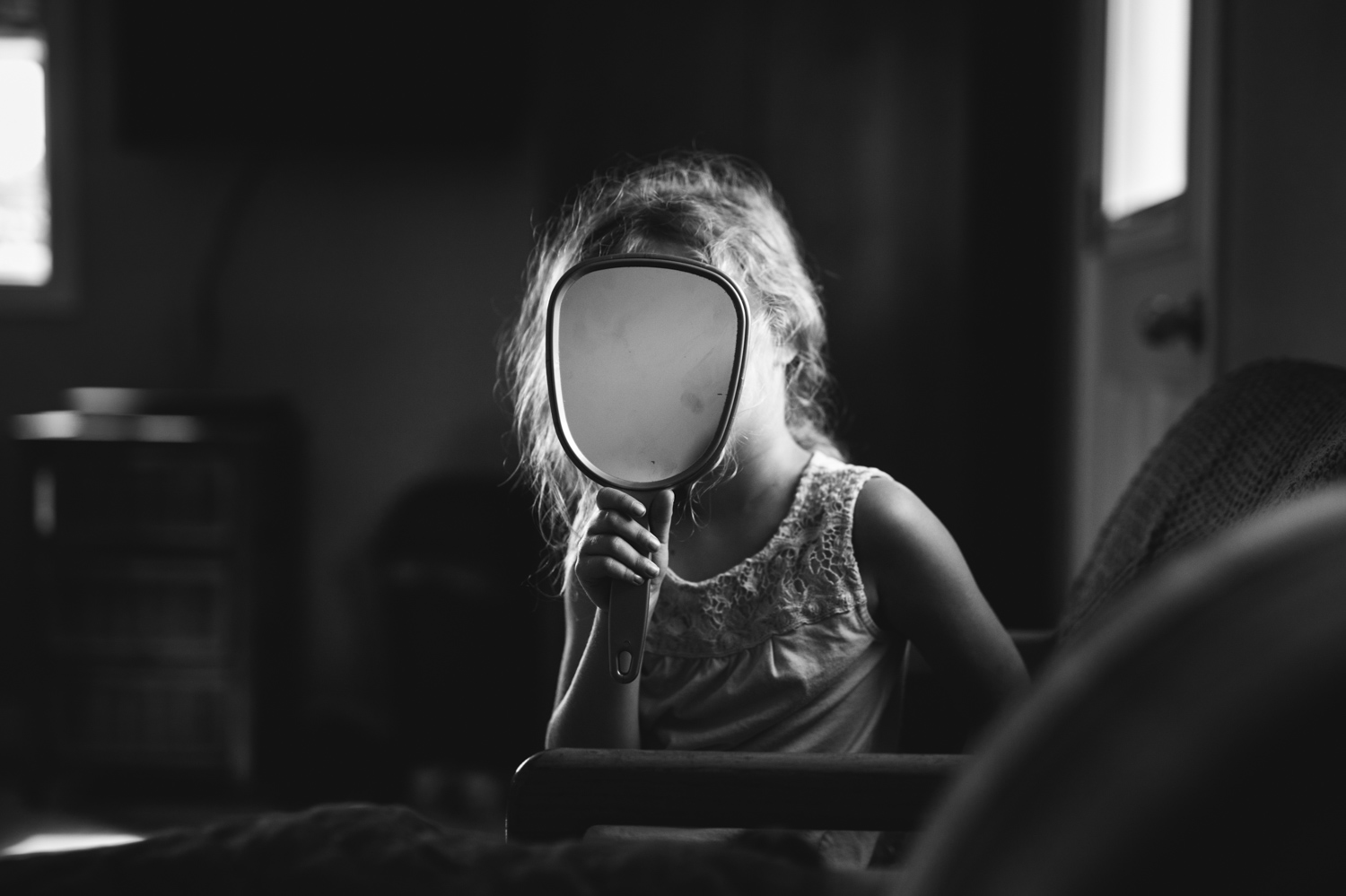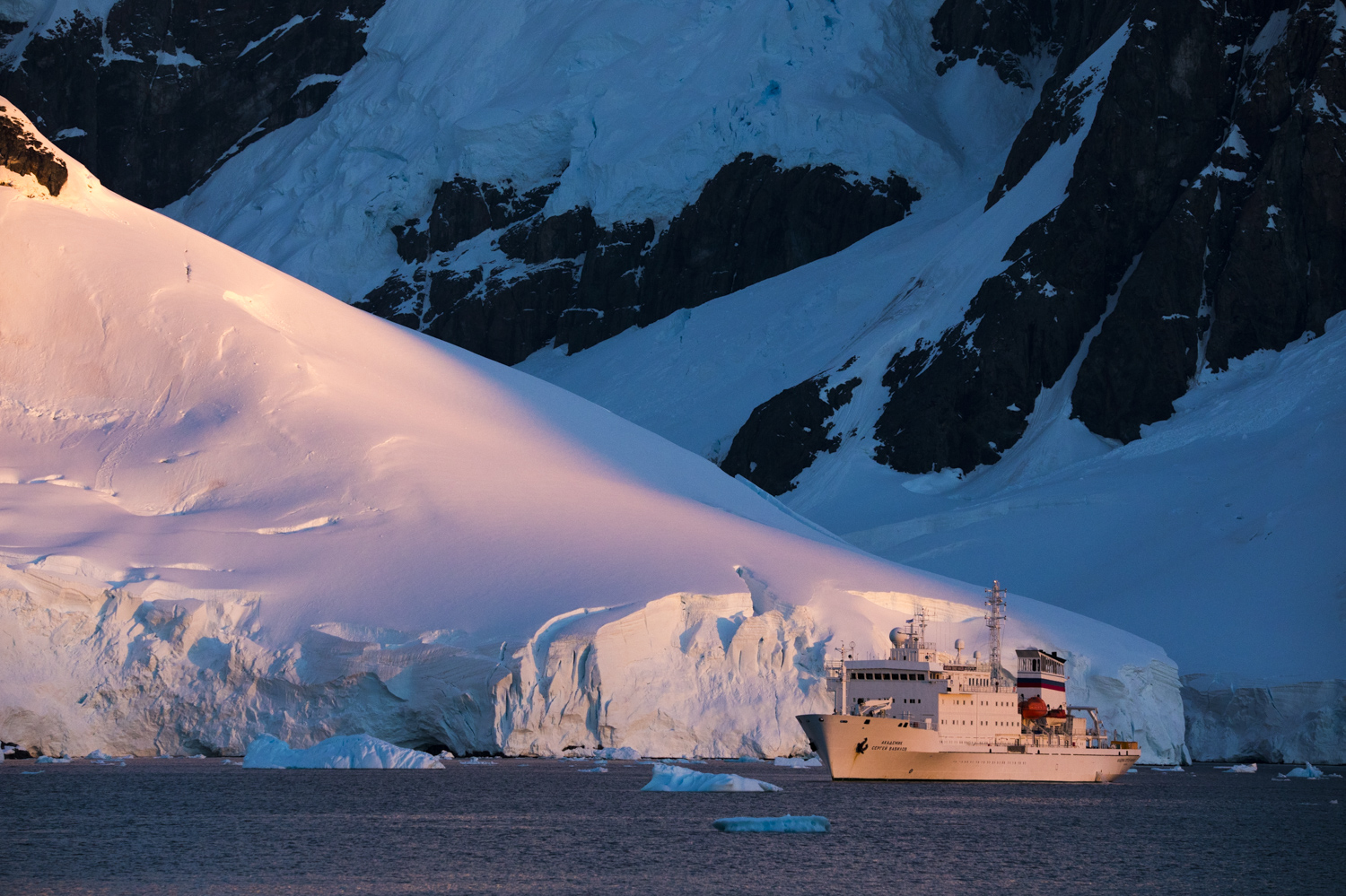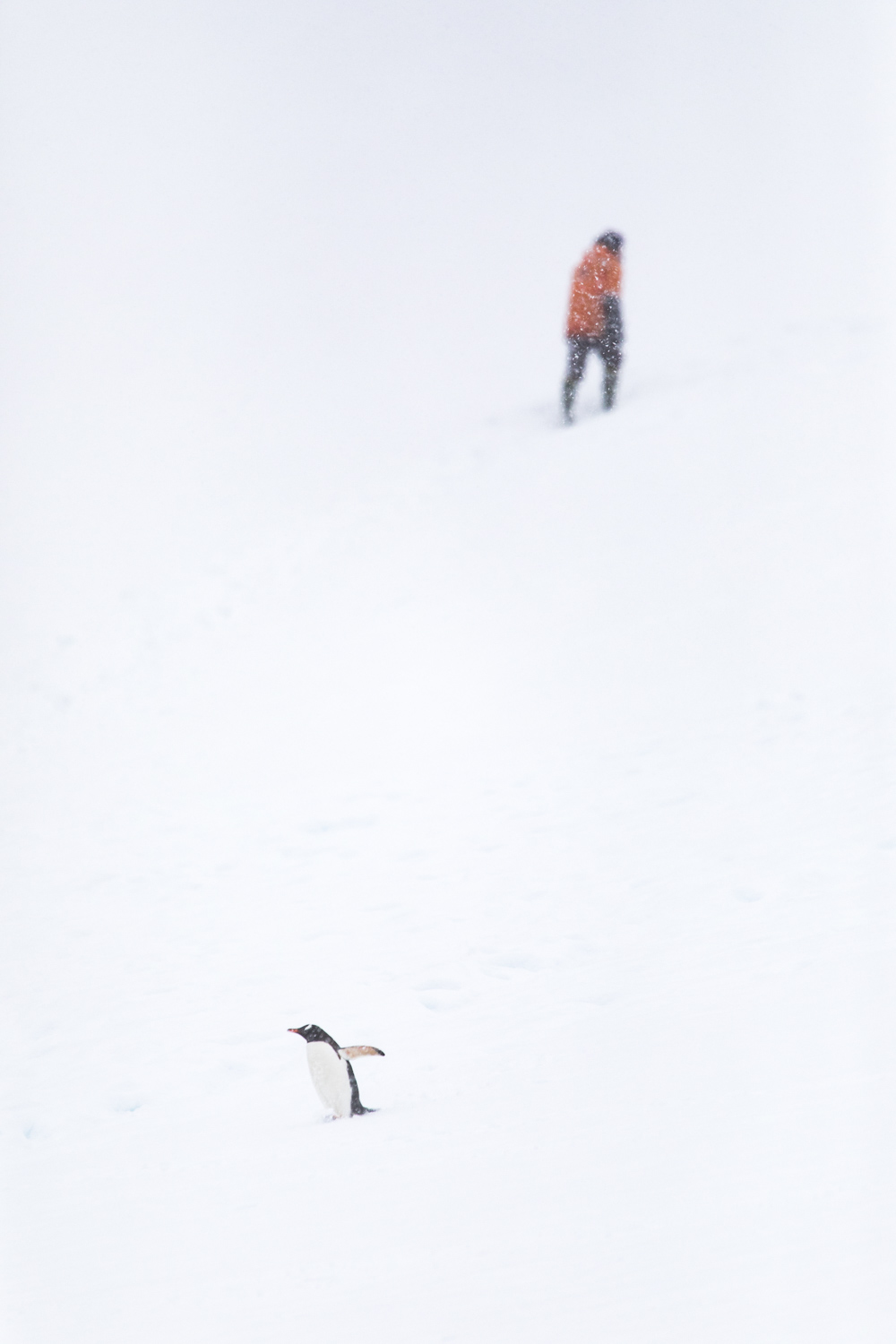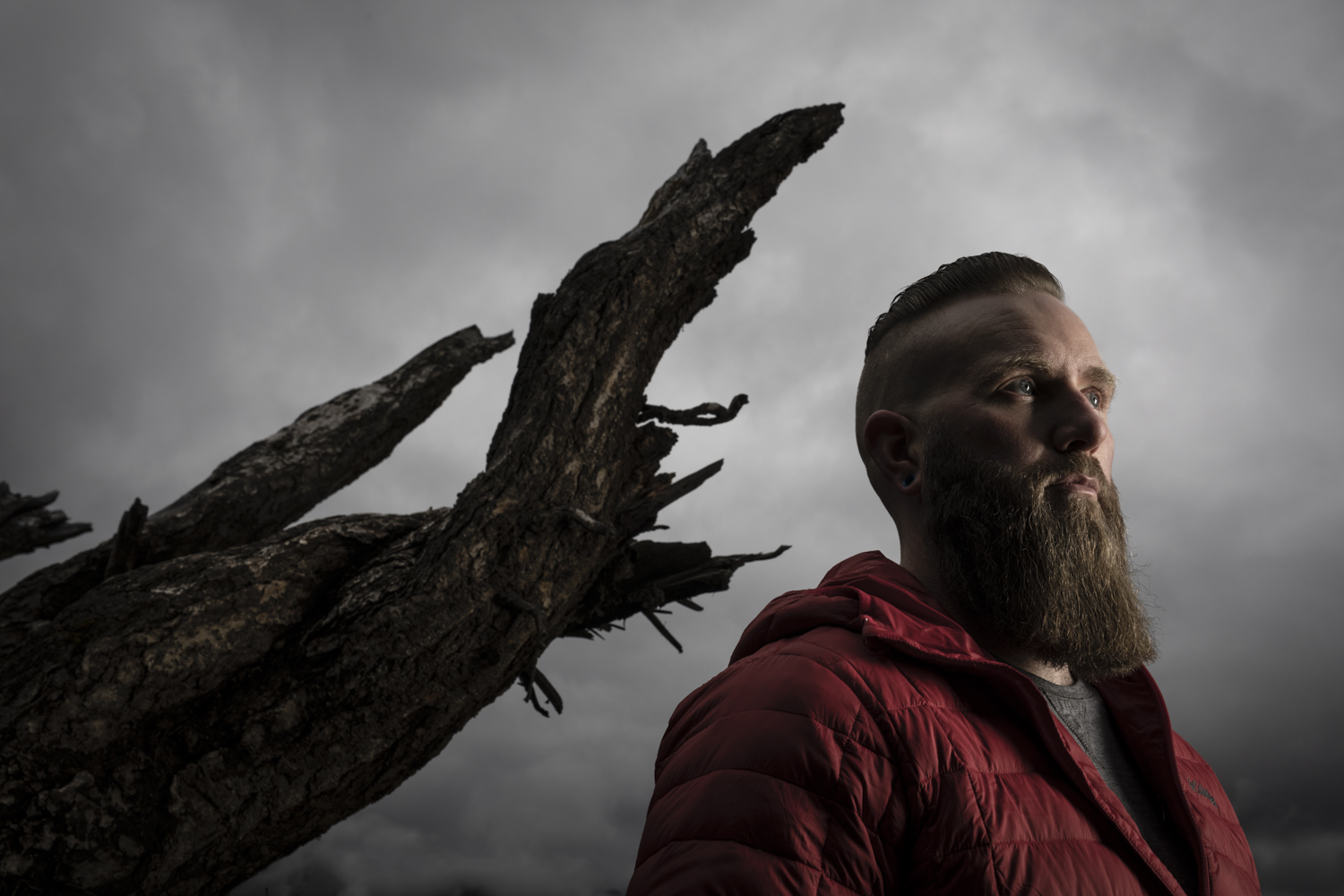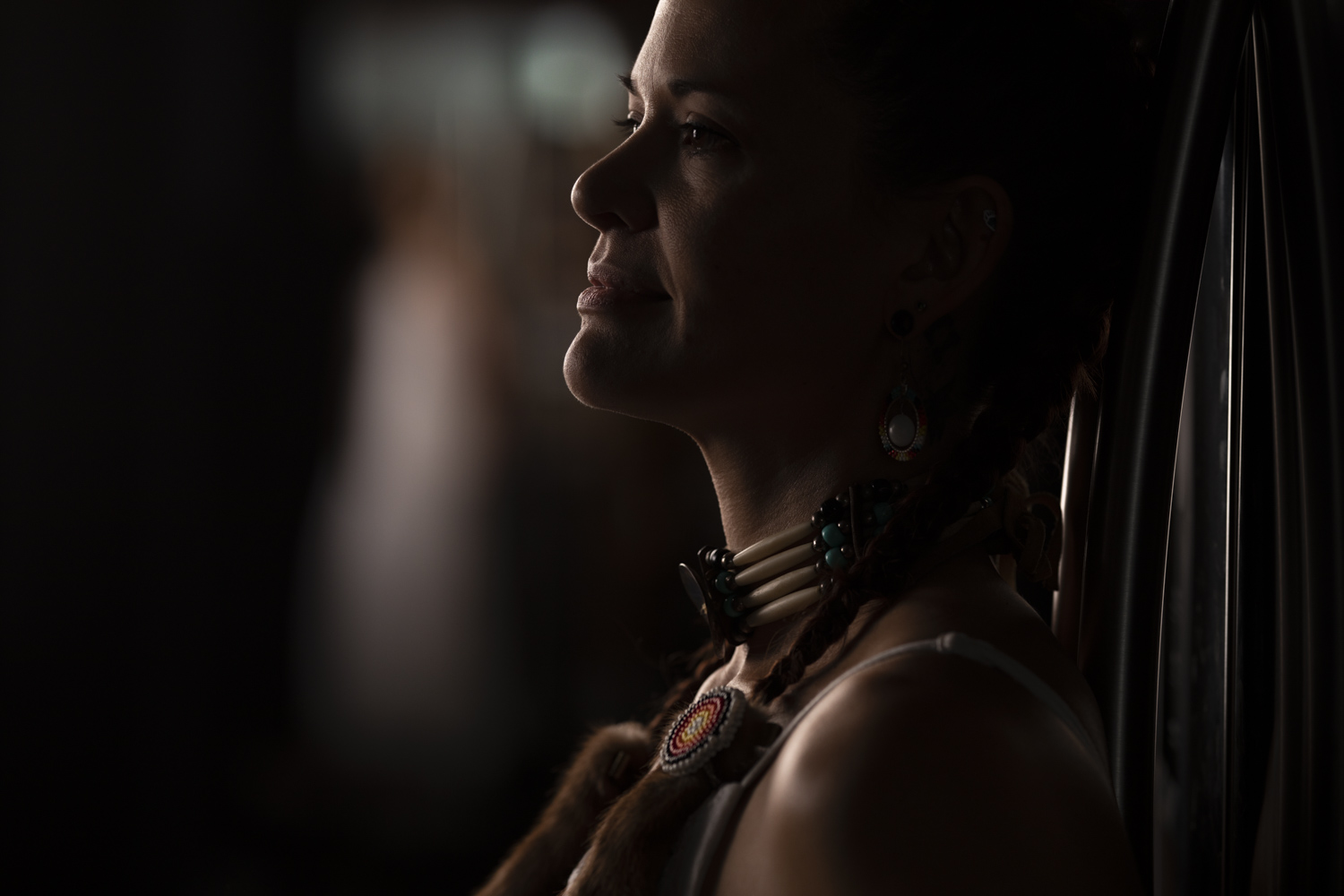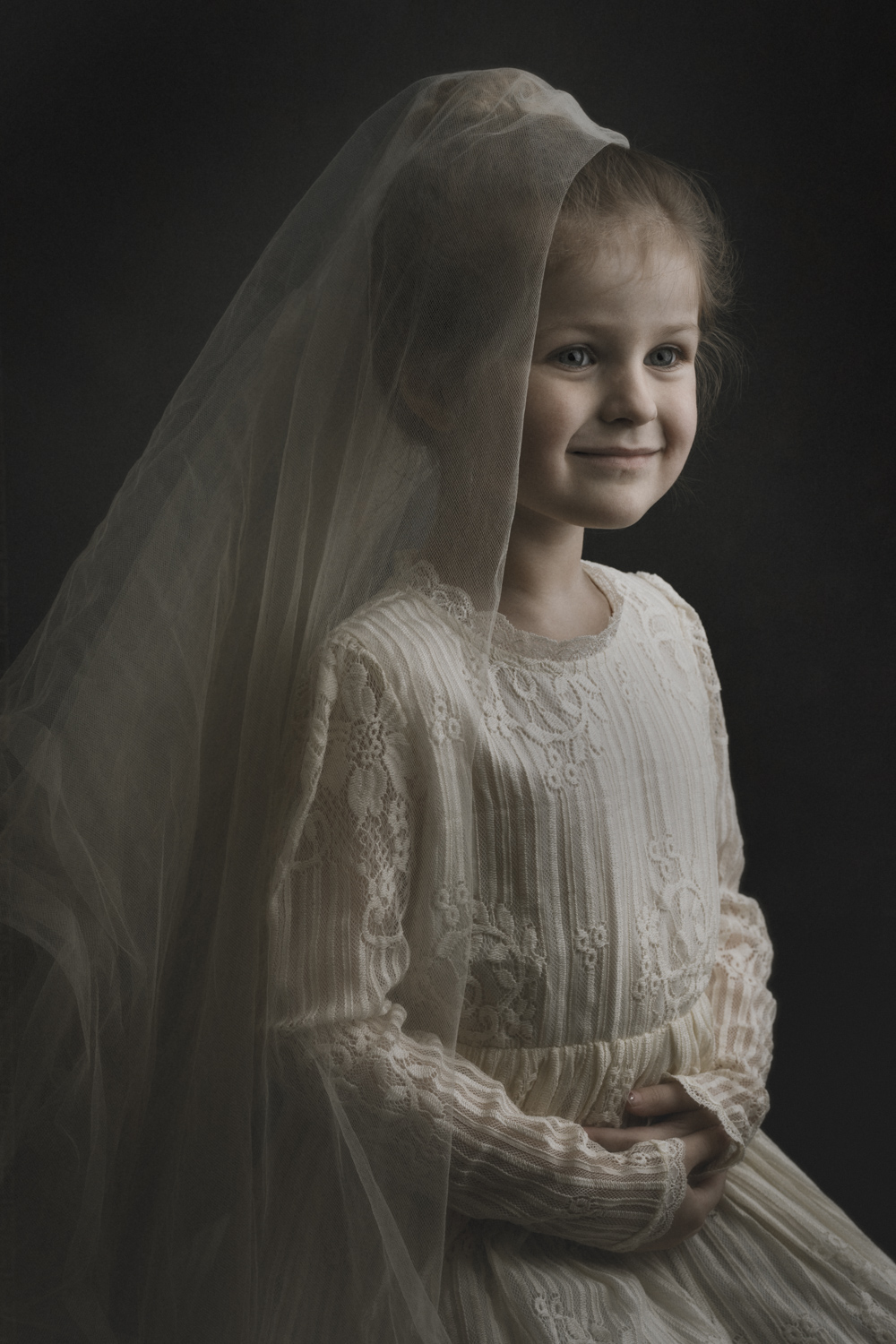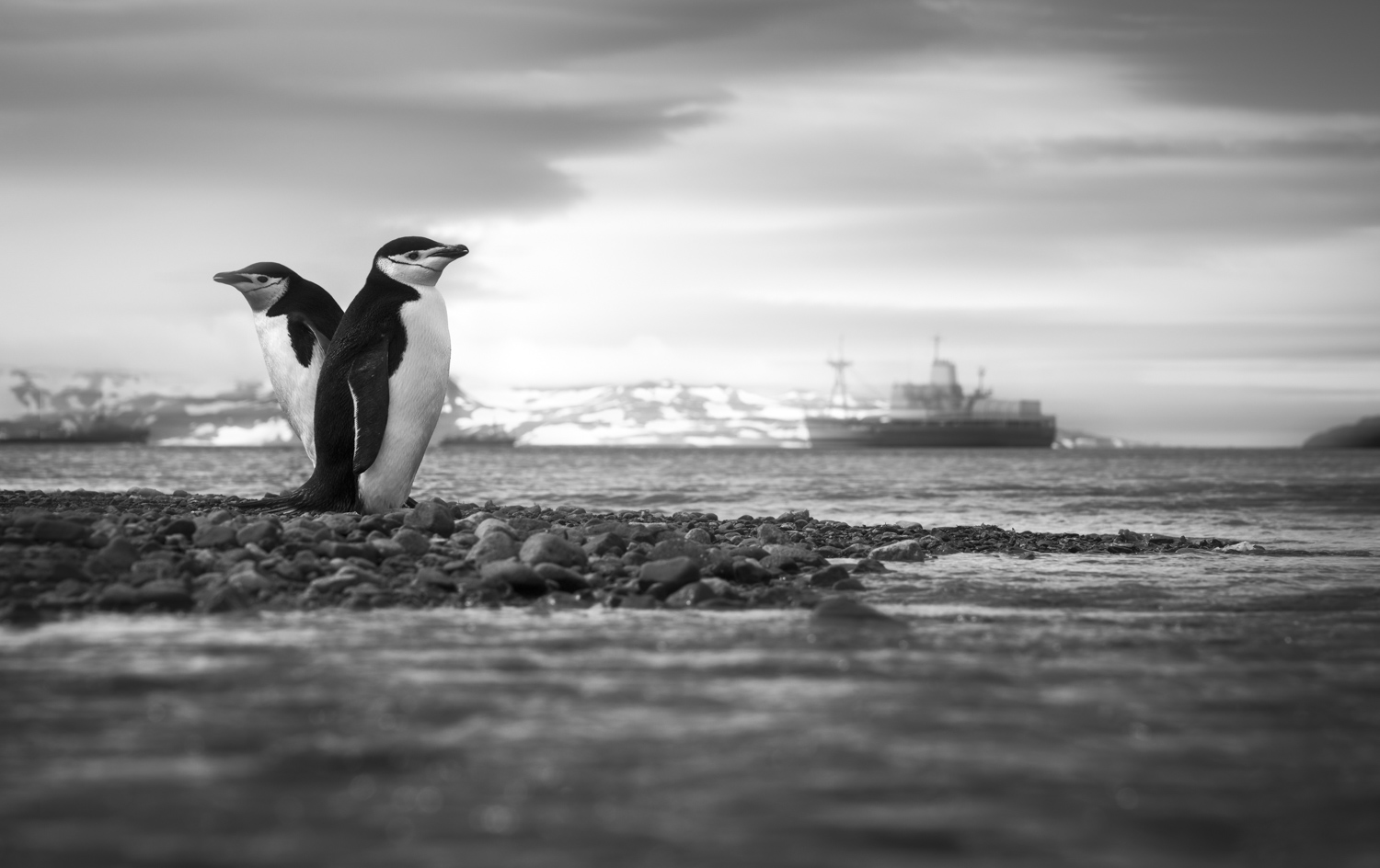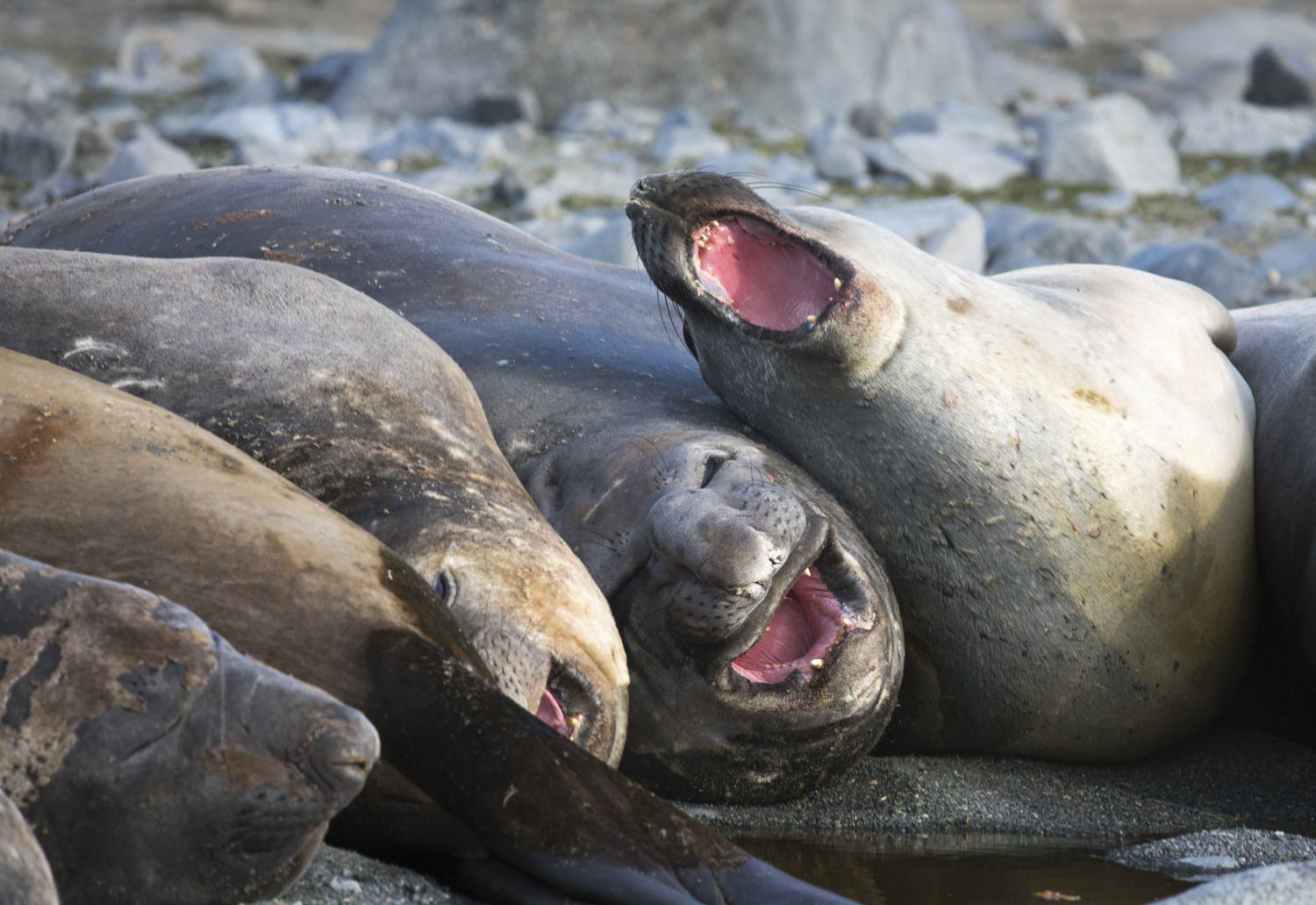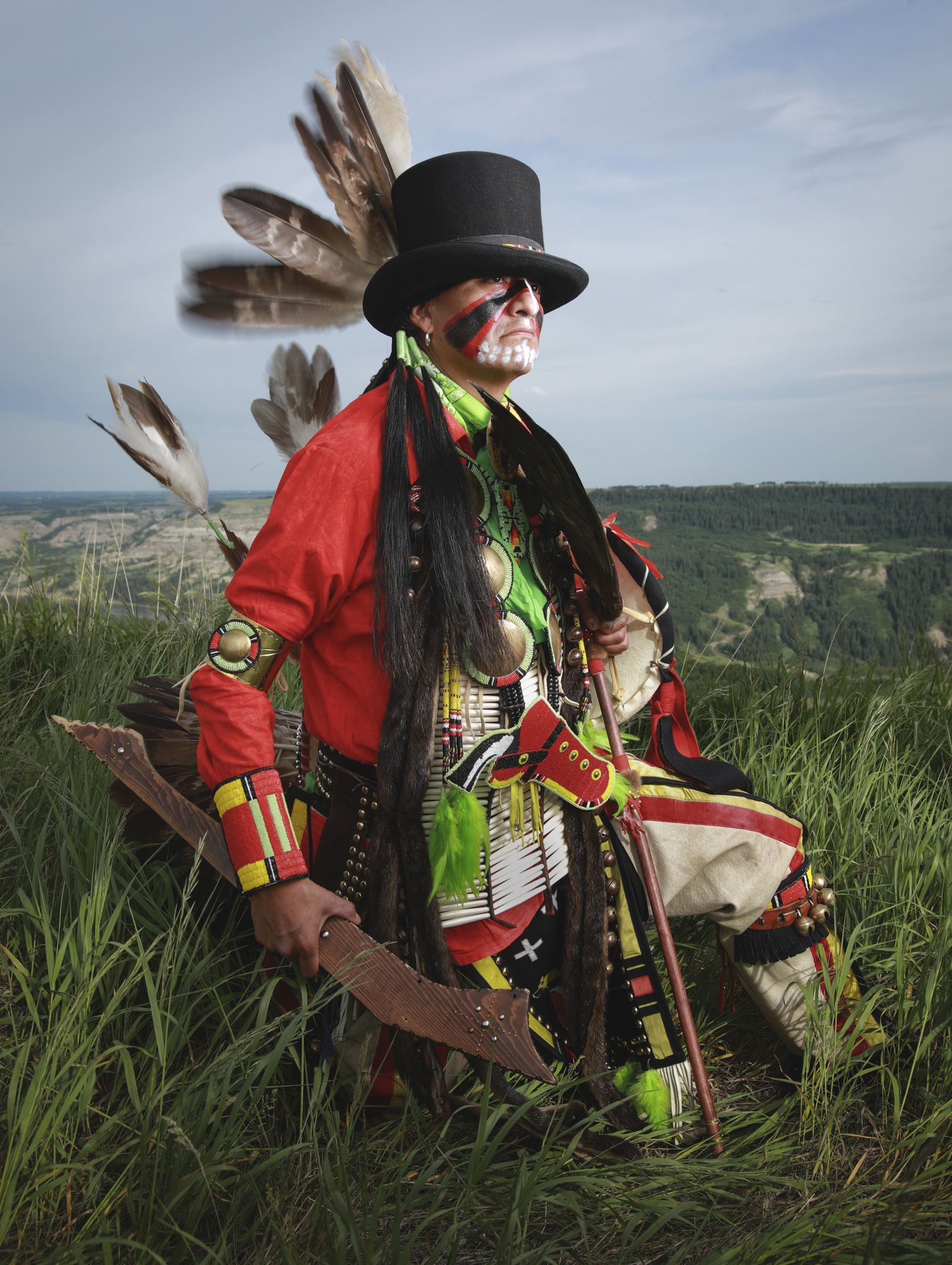
100 Images From 2018
It’s the time of year when many photographers look back on the year that’s been and to a certain degree reflect on what they’ve done, where they’re going, what themes and storylines emerged in their work.
I, as throughout my whole career, spent my 365 days shooting a mixed bag of passion projects, travel, commercial, editorial, portrait, and wildlife work. I thought about presenting a small series of collections, each on the theme….but my theme, for better or worse, is “photography”, not genres within photography, so I’m just going to stay on point and present my mixed bag.
I have no clue if these are my “best”. They’re just images that I like, from across time, place, and subject. They are memories and feelings and experiences. They are me, and they are my year.
I hope something within resonates.
Dave
PS - a huge shout-out to two of my incredible sponsors, Sigma Canada and Strobepro Lighting. Every single one of these images was taken on a Sigma lens, and I can’t say enough about their line-up of lenses and what a great company they are. All of the portraits that used introduced lighting were all taken with Strobepro goodness - their products have transformed my work.
On Perfectionism
This is my barn.
My barn is old. It’s dusty. In places, it’s broken. Parts of the foundation are cracked and crumbling. Some of the siding has come off in places and the paint is peeling. Inside there’s darkness where I wish there was light and the space—as many who have sat inside the barn and listened and learned while various speakers and educators have shared their stories can attest—could use some fresh, cold air whereas currently it’s often hot and sweaty and dank.
It’s got its flaws, undoubtedly. But I love it. Hard. So much. As do most everyone who passes through its doors.
They love the fact that something so old (it’s anywhere from a 100-150 years old) is still proudly standing. They love the old wood. The colour tones. The atmosphere inside and the sense of history and pride that obviously went into building it. The place has an unmistakable vibe—the same vibe that first struck Erin and I when we walked through its old wood doors when we were looking around Prince Edward Island for a house to buy—a home to call our own and raise our family. Walking through those doors we just looked at each other and knew, this was it.
In short, the place has character of the most unmistakeable kind. It’s flawed, but it’s pretty much perfect.
As I walked around my barn the other day looking at the old beams and wooden pegs (parts of the barn were built so long ago it was built entirely with wood, and not steel) and parts hodgepodged together and the crumbling stones of the foundation it got me thinking about what we consider “good”. What we consider “perfect”. It got me thinking about the nature of “perfectionism”.
Personally, I think the word “perfectionist” is one of those words that I avoid using at all costs. Why? I’m not afraid to say it….I think when you say “I’m a perfectionist” it sort of means that you think your work or that thing you do is, well, perfect…when you “put it out there”.
First, who wants to be perfect? Perfect, to me, would be a boring place. Imagine a place where you think what you’ve done is perfect. If it’s perfect, why move on? Why learn more, soak up more inspiration, continue down the long and probably very gruelling path of trial-and-error. Why listen to others? Why pick up books and watch and study and observe? I mean, what you’ve put out there is….perfect.
I’m being a little sarcastic, but I do think I have a point (such is the nature of writing….you tend to always think you have a point….even if everyone else disagrees).
The nature of being “perfect” aside I’ve been thinking long and hard lately about some of my favourite images of all time. Some of my favourite artists. My barn. The funny thing is…a lot of what I love about all of them is the imperfections, rather than the perfections.
I have Annie Leibovitz’s great (and massive) book “Portraits”. I love sitting down to it and flipping through her often-brilliant work. It completely surprised me, however, during my first deep dive to how many of her classic portraits are a little bit soft: a little missed focused. Light not at all where I would put it the way I’ve been “trained”. Some of the lighting I would consider “wrong”. But the portraits…still have a feeling. A vibe. A mood that’s unmistakable. The same with Steve McCurry’s large coffee table book: many were shot on film and represent magic moments and there’s a lot of technical issues that we could spend days nitpicking. But man oh man….what a brilliant collection! I also have a book that’s a collection of what the editors think to be the “100 Greatest Photographs In History”. This collection? I think it’s at about 100% consistency for each and every photo being “imperfect” in some major way. But the collection as a whole is brilliant, built up with a group of photographs whose power comes from the emotion, heart and soul of the photographer—and moments they’ve captured as a result.
My barn is far from perfect. Lots of crooked angles in it that would make a master carpenter cringe. Lots of “let’s throw this together with that and see what happens!” It’s evident, throughout. It’s far from perfect….and it’s perfect as a result. And guess what? It’s stood the test of time…probably the most important consideration with something created out of heart, soul, and hard work.
So worry less about being “perfect”. Worry more about putting yourself into the images you take. To conveying emotion and capturing soul. Ten years from now you won’t give two shits about the fact that your image was perfectly sharp. You will care immensely about if the image made you feel enough, be proud enough, compel you enough…to keep looking at it.
Slow Motion + Freeze Action.... Together?
Dougie Rain, Alberta.
Slow Motion + Freeze Action....Together?
Often we're taught that we have to have our portrait subjects 100% sharp, and admittedly as a photographer, I tend to strive for either great overall sharpness (unless I'm going for a complete abstract motion blur image, like a person walking down the subject and appearing somewhat "ghosted").
However, there are times when you can not only add a cool creative effect to your portraits but also convey a sense of movement or environmental condition by combining sharpness and motion in the same image.
In this portrait of powwow dancer Dougie Rain, I set my shutter speed to a somewhat slower shutter speed (1/60-seconds) so that I would capture movement in his feathers, which were being blown around quite strongly but some pretty heavy duty wind gusts. However, Dougie himself is sharp because (A) he's not moving and (B) my flash, which is directly primarily towards his face, helps "freeze" him in place, even if he's ever-so-slightly moving with the 1/60-sec shutter speed.
There's no magic formula to achieving this effect, and your exact shutter speed depends on how fast the motion component of your image is (i.e. 1/60-second might show motion blur with something moving really fast but not with something that's moving only slightly), and you may run into limitations with how slow you set your shutter speed to capture motion depending on how much ambient light is in your scene. On a bright sunny day, for example, trying to set your shutter speed for 1/10th of a second may be impossible unless you're using dark ND filters.
Depending on how slow your shutter speed is, too, you may find yourself in tripod range to keep your overall image sharp.
I use this technique quite a bit, because I love the dynamic feeling it gives.
End Of An Era
Since 2009, one of the clients that I’ve probably done the most amount of work for has been the EKATI Diamond Mine, located about 300 kilometres north of Yellowknife, above the treeline in the dramatic Northwest Territories Barrenlands.
I’ve spent countless days up at this mine, and have been extremely proud of the photography that I have created highlighting many of their great workers over the years.
Well, all good things must eventually come to an end - especially as you evolve and grow - and due to my own personal time constraints and having less and less availability to offer, I decided this past month to finally end my contract after almost a decade run.
It’s been such a pleasure working with the people of EKATI, and I have to say I’ll miss my trips up there!
Misadventure: The Royals
Note: this originally appeared in Photo Life Magazine.
One of the most memorable assignments occurred in 2011 when I was asked to be the official photographer for His Royal Highness The Duke of Cambridge, Prince William, and Her Royal Highness The Duchess of Cambridge, Kate Middleton’s three-day visit to northern Canada.
This was a pretty high-profile task, and one that I was excited to shoot. It’s not every day that you get to spend documenting two of the most famous people in the world.
I handle stress pretty well, and never really let the pressure of any assignment get to me, but this assignment started out with one of the most stressful moments in my entire career in photography.
The evening the Royal Couple was due to arrive, my first tasking in my role as official photographer was to take a formal portrait of William and Kate, along with a number of dignitaries. It would be done in a secure hotel meeting room, and would be their first order of business when they arrived from the airport: briefly meet all the dignitaries and then sit down, with me directing, while they all posed for a portrait.
I was given about 90 seconds for my image.
*********
Earlier that day, I had spent a couple hours setting up for this 90 seconds. I brought in all my equipment, including studio lights, light stands, modifiers, cameras, lenses. I carefully set everything up and then did what any photographer worth his salt would do: I tested.
I tested everything, multiple times. The angle of light. My camera settings. I even had 10 hotel workers take ten minutes out of their day to come and sit in the seats that would later be filled by the Royal Highnesses and the dignitaries.
Everything was perfect.
Fast forward to 20 minutes before they were due to arrive. Again, I tested everything. Again, everything perfect.
Then, I hear Prince William and Kate Middleton arrive. A cheer goes up down the hallway. I’ve been instructed to go down the hallway and take some frames of them greeting hotel guests as they arrive in the lobby. I scurry down the hall and catch my first glimpse of them. I fire off 40 or 50 frames and then return to the meeting room.
They arrive behind me in the room, and shake hands with the small crowd of dignitaries. I wait at the end of the line, where I’m to direct them to their assigned chairs, and then, gulp, tell them the process.
My voice cracks, but I get it out. I tell them all that I plan on taking about ten images, total. I want to keep it way less than 90 seconds. I figure I can have the photograph I need in less than 30.
I put my camera up to my eye, compose, and fire.
And fire. And fire.
By frame four I get the sick feeling that something’s wrong. I’m not seeing the tell-tale flash of light out of the corner of my eye.
My flash is not going off. My heart sinks.
The very last thing I want to be doing, now - now, of all times - is to troubleshoot. I have 90 seconds. This is one of the biggest moments of my career to date. And I feel absolutely sick to my stomach.
I keep it cool. Okay, just a hiccup. Shoot some more. My radio wireless triggers are bound to kick in. They’ll be okay. I press the trigger. No light. I press it again and again and again. No light. They’re not firing.
“If you’ll excuse me, I’m just going to take a look at the images and make sure I captured one with no one blinking.”
This is what I tell the group, who are waiting patiently. They have no clue anything is wrong. William and Kate turn to each other as I turn to my camera.
I hit the play button with dread. I know I’m doomed. My nausea is getting stronger.
I look at the last image I took. Black. With no light from the studio lights, the exposure is completely black.
I flip back to the image before. Black again.
Flip, black.
Flip, black.
Flip, black.
I’m dying.
I’m already making excuses in my brain. My brain has turned to mush.
Flip, black.
Flip, black.
Flip, light.
Wait, what?
I see an image appear on my screen. It’s the group. The group in front of me.
On the first frame I took, the studio lights went off! My heart’s pounding. But that doesn’t really mean anything. It may have went off, but what are the chances that ten people will have given me perfect expressions, with no one blinking.
I zoom into the image, quickly and furiously scanning all the faces.
Prince William’s look is perfect. As is Kate’s. Of course theirs are. But what about the others? I look at each and every face, and perfect, all.
I nailed it.
“Thank you all for your time, I have what I needed.”
********
Over the next two days, it was all a fun breeze. Everything went perfect. Exhausting, thousands of frames, but all pretty much perfect; nothing in the next two days compared with that stress of that first 30 seconds, thankfully.
PS - I still don't know what happened with my lights that evening. As soon as they left the room, I tried firing them again. And of course, they fired perfectly.


















